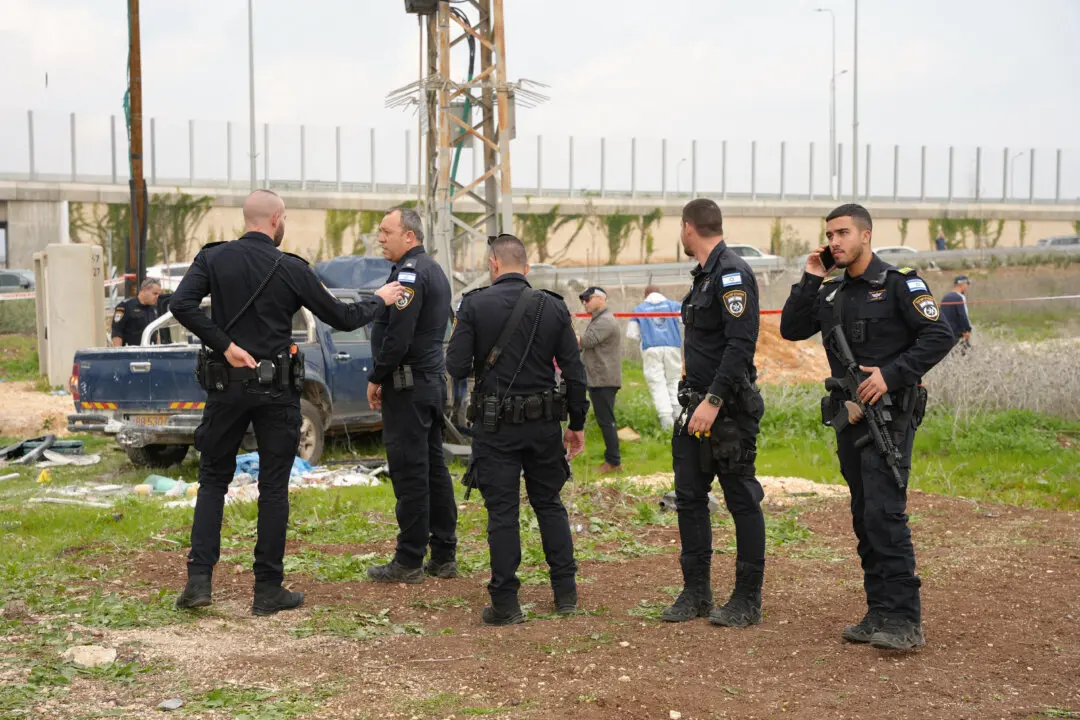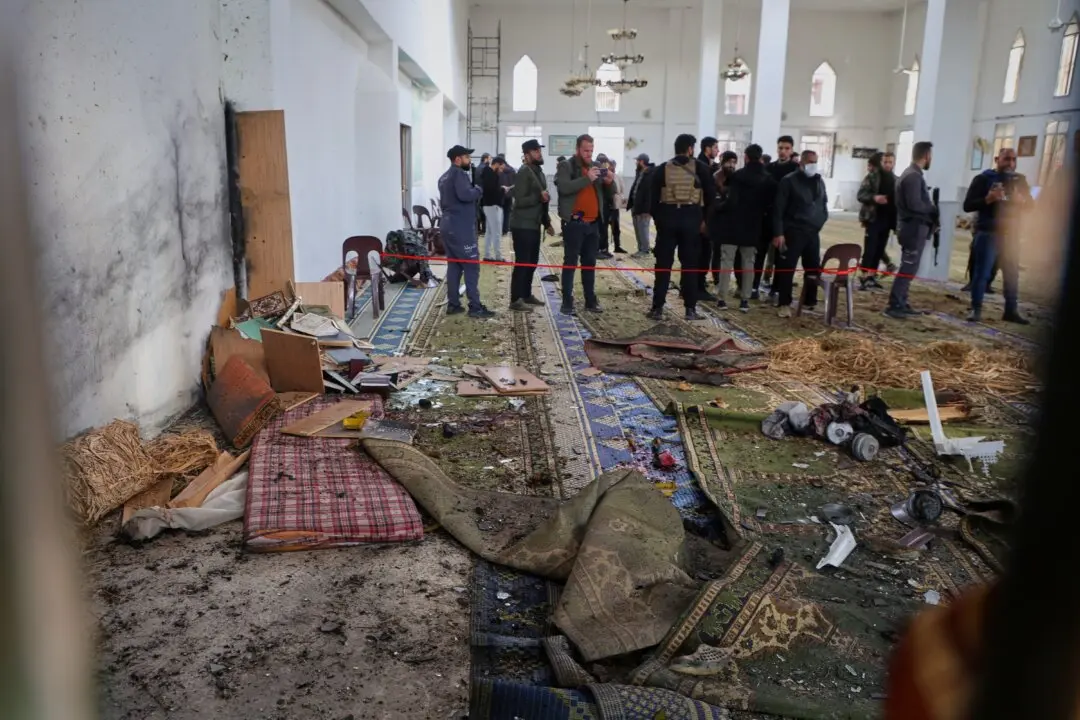TOKYO—The pandemic-delayed Tokyo Olympics are shaping up as a TV-only event with few spectators—if any—being allowed when they open in just over two weeks.
Japan’s Asahi newspaper, citing multiple unidentified government sources, said Tuesday the opening ceremony at the 68,000-seat National Stadium is likely to be limited to only VIP guests. The Olympics open on July 23.





